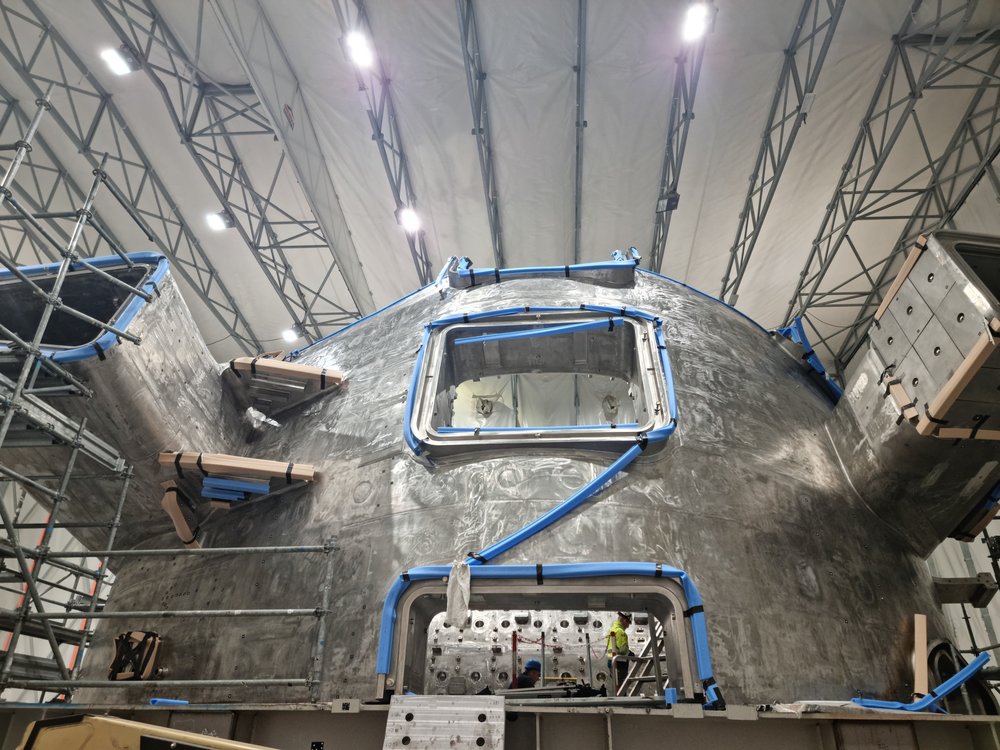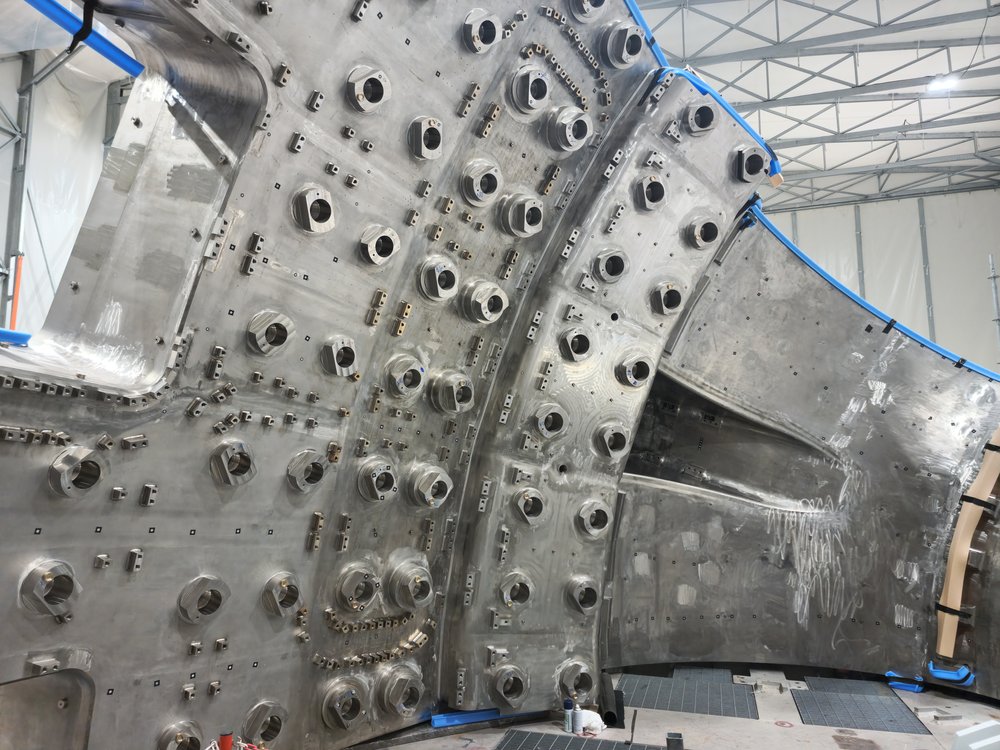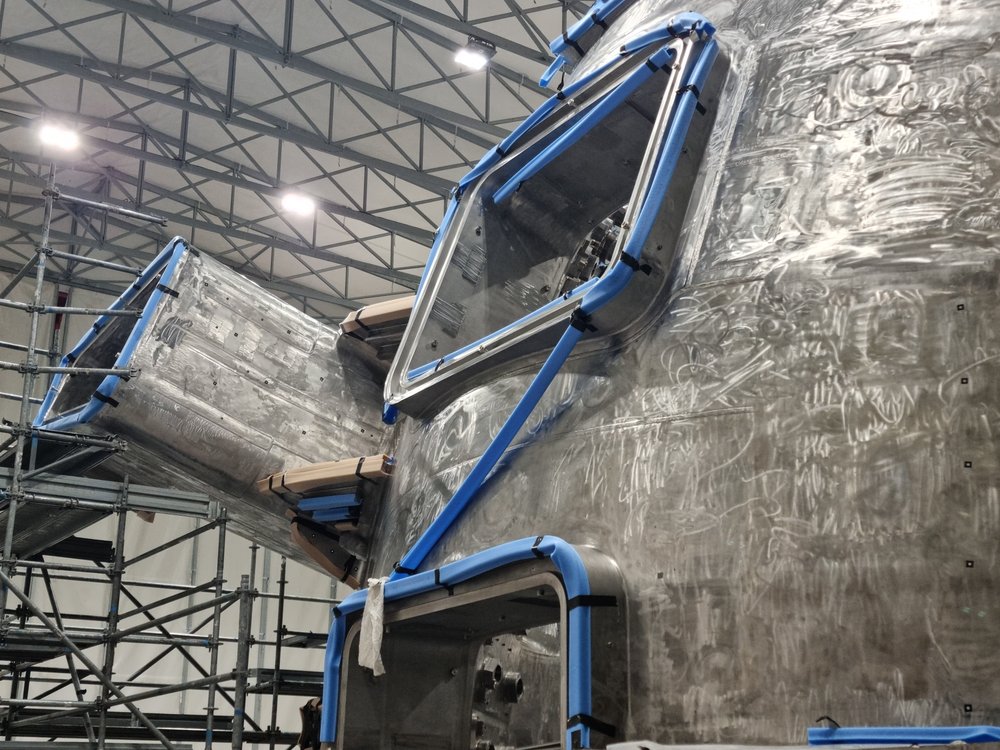Vacuum Vessel success for first factory acceptance tests

View of the Europe’s vacuum vessel sector 5, Westinghouse/Mangiarotti, Italy ©F4E
Europe’s sector 5 for the ITER Vacuum Vessel has entered the phase of Factory Acceptance Tests (FAT). Years of teamwork in developing the procurement strategy, agreeing on the design, the technical specifications, and following up its manufacturing, have come down to this make-or -break moment in the lifecycle of the component. It’s the first of the five sectors under F4E’s responsibility, and the teams involved feel an enormous pressure to deliver. The valuable lessons learnt from sectors delivered by Korea, and the knowledge accumulated from the collaboration between F4E and the AMW consortium (Ansaldo Nucleare, Mangiarotti, Walter Tosto) have fed into this exercise.

Planning, precision, and personnel are of essence in carrying out these tasks in a timely and professional manner. According to the schedule, the component is expected to depart from Mangiarotti later in the year. It will leave on a boat and will arrive in the industrial port of Marseille (Fos-sur-Mer). From there, it will be loaded on a large track, and by applying the protocol of a heavy exceptional convoy, it will reach the ITER site. The activity in the facility has been ongoing with works for other sectors unfolding in parallel. But since mid-December there has been a heightened anticipation for sector 5 in rolling out the FAT, which consist of hydraulic and dimensional checks. The successful completion of these tests will pave the way for delivery.

The purpose of the first test is to examine how the component responds to pressure and vacuum. Engineers assess it tightness using nitrogen and helium. Their objective is to make sure that there are no leaks in the structure. Checking these parameters is of paramount importance because the fusion reaction requires an environment which is completely tight. Furthermore, the vacuum vessel is classified as a nuclear component that needs to comply with the strict prerequisites set by the French Nuclear Authority.
On Tuesday, 16 January the F4E and AMW teams, together with ITER Organization, celebrated a technical milestone by successfully completing the leak tests of sector 5. The results were solid proof that the welding, assembly and manufacturing met the highest standards. Joan Caixas, F4E Assembly Project Manager, elaborates on the significance of this achievement. “The successful outcome of these operations results from years of cooperation between F4E, ITER Organization, AMW. The results give us a lot of confidence for the next tests and ultimately for the delivery of Europe’s first sector.”
Next are the dimensional tests, which will require more time given the volume of the component. Essentially, they measure with accuracy the component using sophisticated probes, lasers, and other tooling to scan the surface, spot any deformations, etc. The teams on the ground have already started preparations for their execution. Their completion will kick start the arrangements for the transfer of Europe’s first vacuum vessel to ITER.